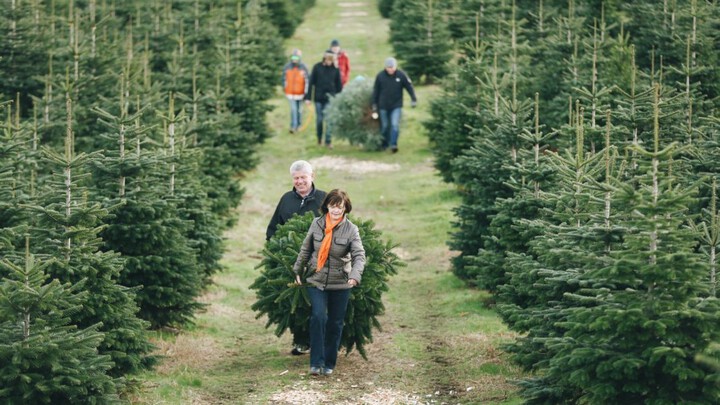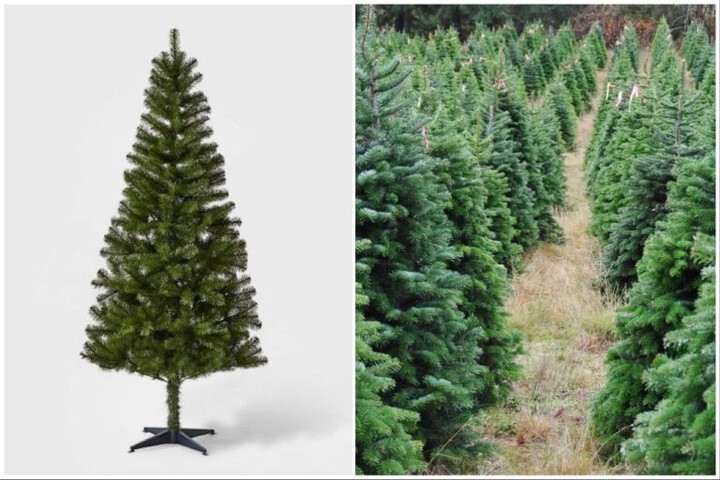If you want to have a fully sustainable Christmas, here is the best choice of tree for a centerpiece, plus a few Christmas tree alternatives.

The holiday season is here, and around the world, people are getting out their Christmas decorations. For many, a tree is the focal point of all festive decorating. But increasing environmental consciousness has led to the changing and updating of many Christmas traditions.
Approximately 8 million Christmas trees are sold each year in the UK. While in the U.S., 2018 saw the sale of 32.8 million real trees and 23.6 artificial ones. But between 2018 and 2019, the number of Google searches for “sustainable Christmas trees” went up by 233 percent.
Overall, people tend to prefer real trees to plastic or other alternatives. Bringing a fresh tree home is a popular way to keep authentic festive traditions alive. Not to mention a fun family activity in the time before the holidays. Many people perceive them to be a more environmentally-friendly option. But if you’re aiming for a fully sustainable Christmas, what is the best choice of tree for a centerpiece? And why exactly do we decorate trees at all?
The History Of Christmas Trees

Evergreen trees have been used during winter celebrations for thousands of years. So decorating your house with one of the 35-plus species of coniferous trees synonymous with Christmas — including pine, fir, and spruce — has a history stretching back to ancient civilizations in Europe, Asia, and the Middle East.
Ancient people hung evergreen branches around their homes in winter, particularly above doors and windows. In many cultures, the green leaves served as a hopeful reminder of the spring to come. This is one reason for their inclusion in pagan winter solstice festivals, as well as in long-standing Christian traditions.
Decorated trees as we think of them today first became a Christian custom in Germany during the 16th century. As Germans migrated they brought the holiday tradition with them — notably to both the U.S. and the UK.
Decorated trees did not become truly popular in the U.S. until the early 1900s. Despite the presence of community trees in certain areas as early as the 1700s. In the UK, decorating homes, churches, and public spaces with evergreen branches is well established in Christian and pagan tradition. But it was also not until the 1900s that the small, decorated trees became popular outside of the wealthy and members of the Royal Family.
Traditionally, these Christmas trees were decorated with candles and edible treats such as apples, dates, and nuts. Now, electric lights have mostly replaced candles. While candy canes, chocolates, and other sugary sweets are far more commonplace than fruit or nuts.